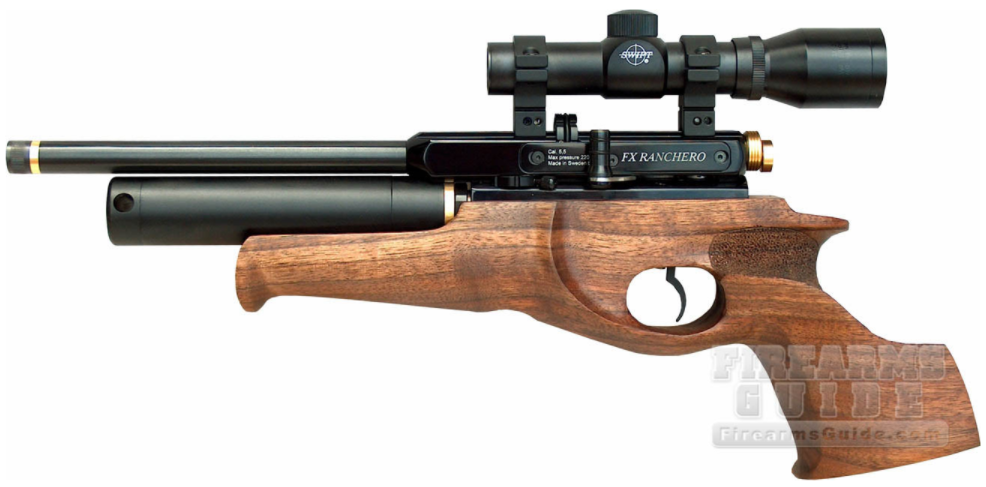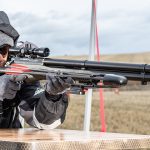Air guns, once relegated to the realms of backyard plinking and small game hunting, have evolved into sophisticated firearms that cater to a diverse array of shooters. From their humble beginnings as simple pneumatic devices to their modern incarnations boasting advanced technology and impressive power, air guns have garnered attention for their accuracy, reliability, and versatility. In this exploration, we delve into the world of air guns, uncovering their history, mechanics, applications, and the factors driving their popularity.
From Ancient Origins to Modern Advancements
The roots of air guns trace back centuries, with early examples dating to ancient civilizations such as China and Europe. These primitive devices relied on manual compression or spring mechanisms to propel projectiles. However, it was in the 17th century that significant advancements occurred, with the development of the first air reservoir guns by the likes of Austrian gunsmiths. Fast forward to the present day, and air guns have undergone a revolution, incorporating innovations such as precharged pneumatic systems, CO2 propulsion, and electronic triggers, elevating their performance to unprecedented levels.
Mechanics and Operation
Central to the allure of air guns is their elegant simplicity in operation. Unlike traditional firearms that utilize gunpowder to generate propulsion, air guns harness compressed air or gas to propel projectiles. This mechanism not only renders them quieter and more environmentally friendly but also facilitates easier maintenance and operation. Depending on the type of air gun, whether spring-piston, pneumatic, CO2-powered, or PCP (precharged pneumatic), shooters can enjoy a spectrum of options tailored to their preferences, whether it be for target shooting, pest control, or competitive sports.
Beyond the Shooting Range
While air guns are often associated with recreational shooting and hunting, their utility extends far beyond these realms. In recent years, air guns have found favor among competitive shooters, with disciplines such as Field Target, 10-meter air rifle, and Olympic-style shooting showcasing the precision and consistency achievable with these firearms. Moreover, air guns have emerged as valuable tools for pest control in urban and agricultural settings, offering a humane and effective means of managing nuisance wildlife without the noise and recoil associated with traditional firearms.
Driving Factors
Several factors contribute to the surging popularity of air guns in the contemporary firearms landscape. One significant driver is the increasing emphasis on sustainability and environmental consciousness, with air guns offering a greener alternative to conventional firearms. Additionally, the accessibility and affordability of air gun platforms make them appealing to a broad demographic of shooters, including beginners, enthusiasts, and seasoned professionals alike. Furthermore, advancements in technology have elevated the performance and capabilities of air guns, enticing shooters with their precision, power, and reliability.
Embracing the Future of Air Gun Technology
In conclusion, air guns stand as a testament to the ingenuity and innovation that continue to shape the firearms industry. From their ancient origins to their modern-day iterations, air guns have transcended their humble beginnings to become versatile tools cherished by shooters worldwide. Whether for recreational shooting, competitive sports, or practical applications, air guns offer a compelling blend of performance, convenience, and sustainability. As technology continues to evolve and enthusiasts push the boundaries of what is possible, the future of air guns holds boundless promise, ensuring that they remain indispensable companions for generations of shooters to come.


